Ancient Studies: Türkiye
9 Days | 8 Nights Tour
Embark on a transformative 9-day journey through the heart of ancient Türkiye with our exclusive Ancient Studies tour. From the vibrant streets of Istanbul, where you’ll explore iconic sites like the Hagia Sophia and the Blue Mosque, to the historic landscapes of Canakkale and the legendary city of Troy, this tour is a deep dive into ancient civilizations. With private transfers, expert English-speaking guides, and comprehensive sightseeing, every detail is meticulously planned to offer an enriching and seamless experience. This is more than just a tour — it’s a journey through time, offering unparalleled insights into the ancient world!
3-4 Star Hotel
Private Coach
Year Round
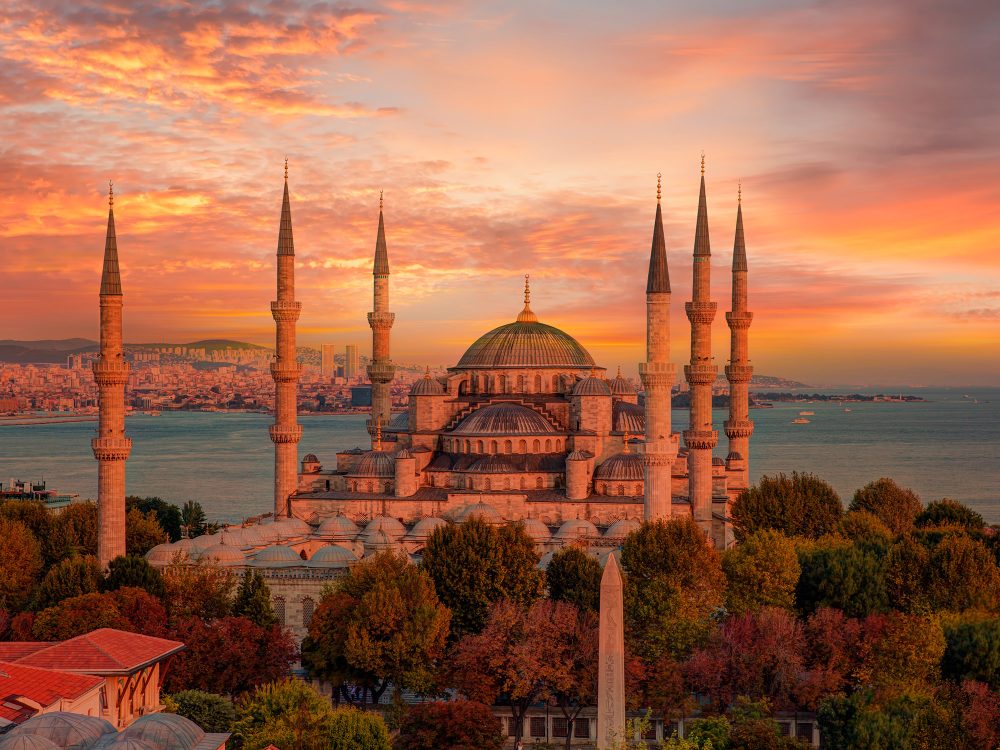
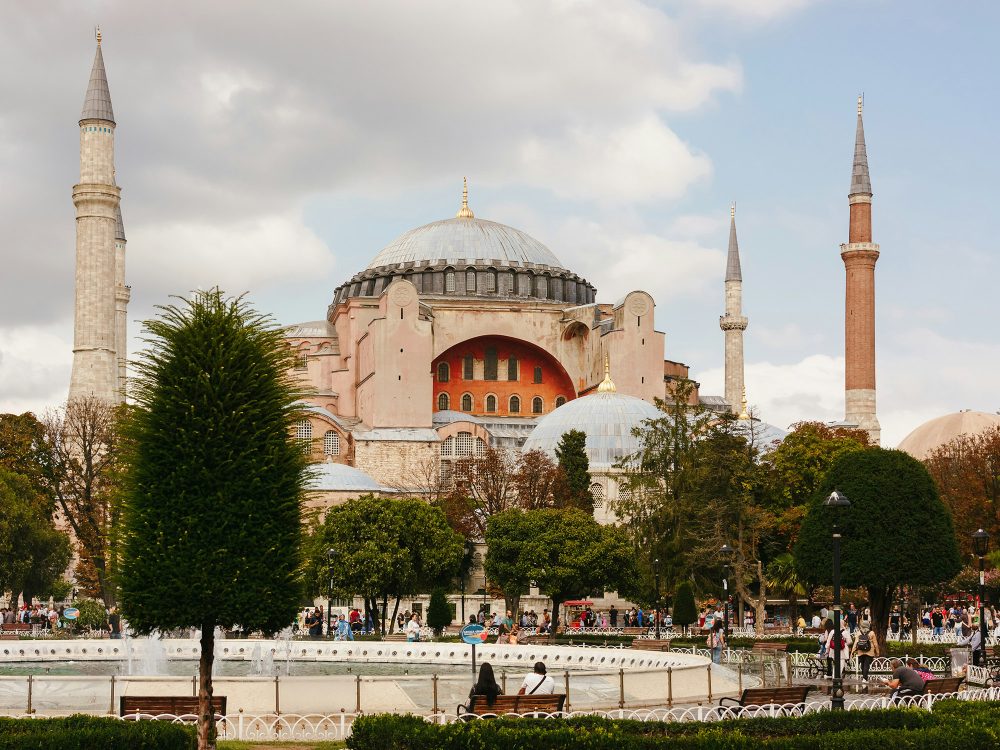
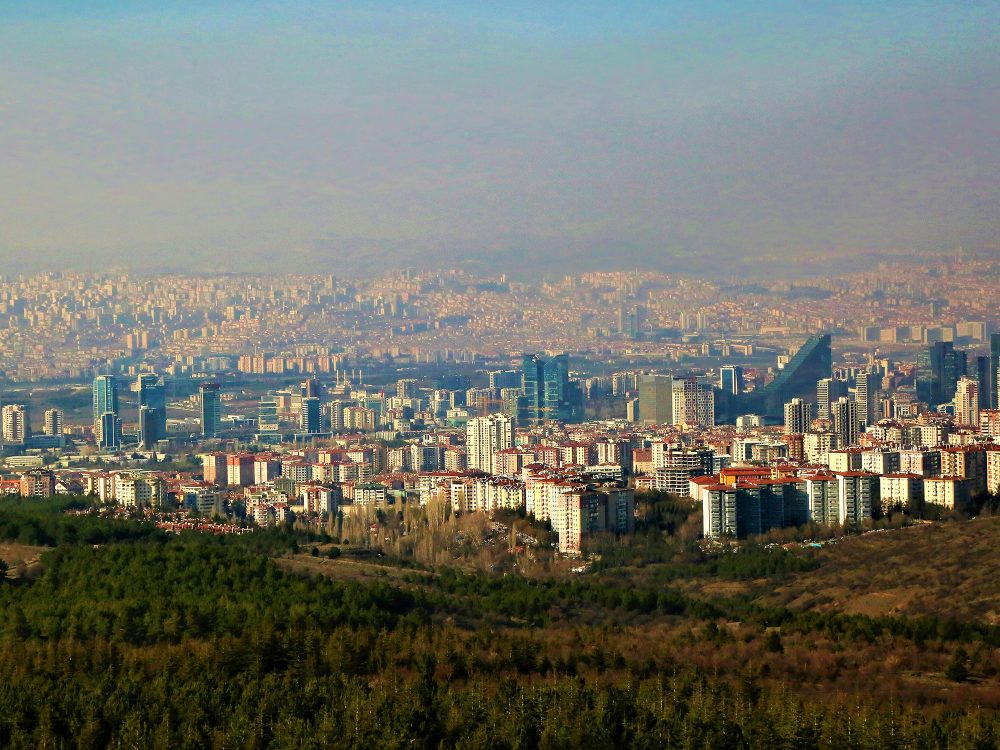
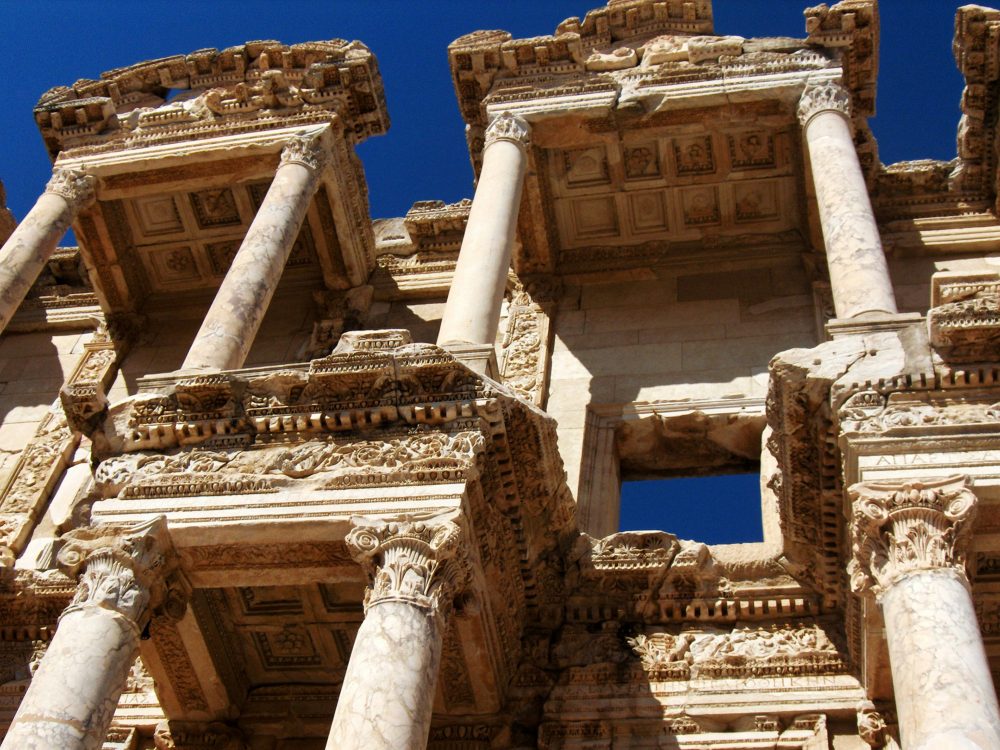
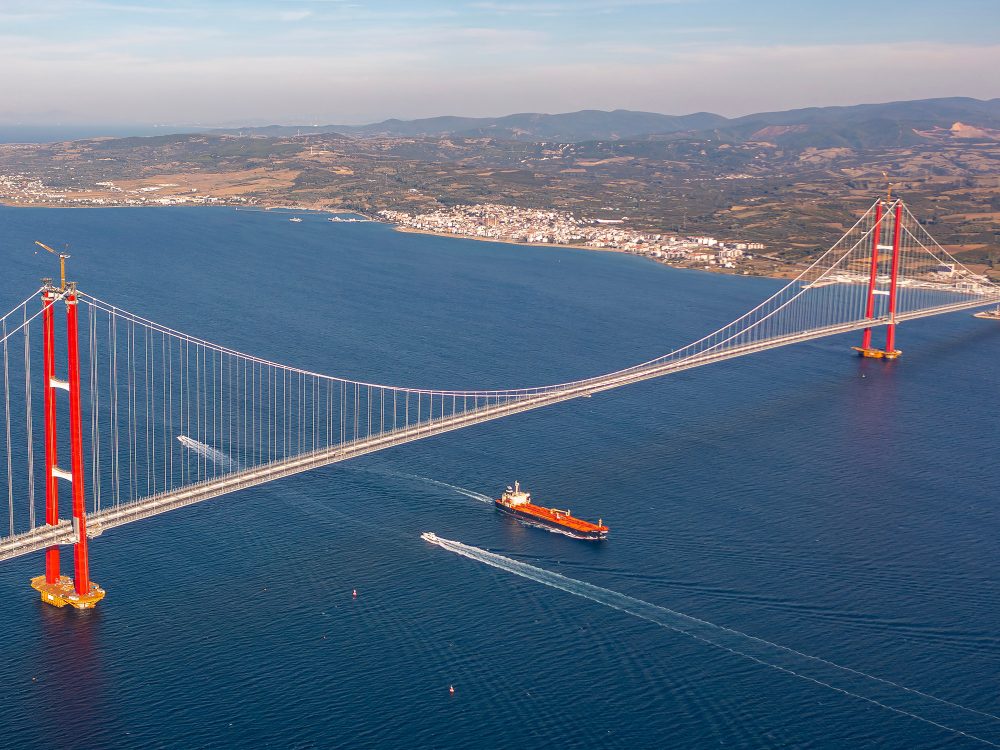
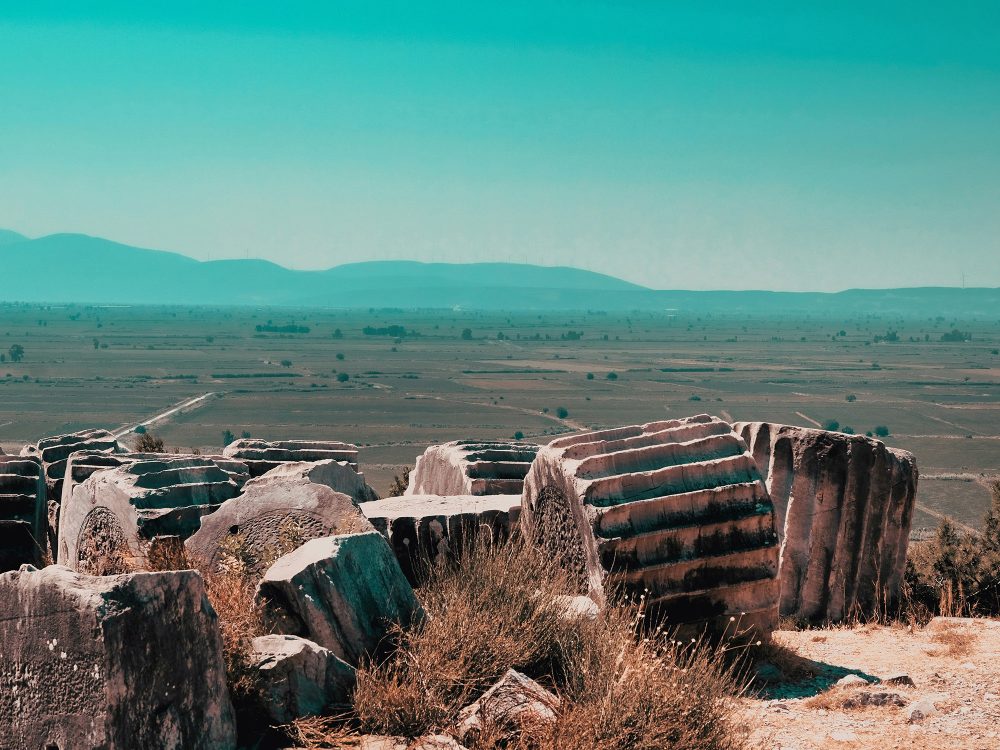
What's Included
- Compressive sightseeing as outlined in the itinerary
- All transfers by private coach
- English-speaking drivers and guides
- Daily breakfast, three dinners, and two lunches
- Entrance fees to monuments as mentioned in the program
- Flight from Izmir to Ankara
The Experience
After arriving, our Student’s Fare representative will meet and welcome you to Istanbul before your transfer to the hotel for a 2-night stay. The remainder of the day is at your leisure to enjoy and explore. Tonight, you’ll join your fellow travelers for a welcome dinner.
This morning, after enjoying breakfast at the hotel, you’ll embark on an adventure like no other. Board the private coach with the group and spend the remainder of the day exploring historical sites and monuments with local, English-speaking experts.
The first stop on the tour is the Hippodrome of Constantine, also called Sultanahmet Square. Horse racing and chariot racing were popular pastimes in the ancient world and hippodromes were common features of Greek cities in the Hellenistic, Roman, and Byzantine eras. After exploring this site, you’ll board the coach and proceed to the next destination – Topkapi Palace and Museum. From the 1460s to its completion in 1856, it served as the administrative center of the Ottoman Empire and was the main residence of its sultans.
Afterwards, proceed to the Istanbul Archaeological Museum which houses a collection of over one million objects. This museum captures nearly all periods and civilizations in world history and also includes the Museum of the Ancient Orient and the Museum of Islamic Art.
The tour will continue to the Hagia Sophia Grand Mosque and Museum. Completed in 537 AD, it was the last of three church buildings to be successively erected on the site by the Eastern Roman Empire. With its breathtaking domes that look like hanging in the air, monolithic marble columns, and unparalleled mosaics, is one of the wonders of the world’s architectural history.
Your last stop of the day is the Blue Mosque, conveniently located across from the Hagia Sophia. Formally known as Sultan Ahmed Mosque, it was named after the man who commissioned it, Sultan Ahmed I. More than 250 stained-glass windows allow daylight to flood in.
This morning, eat breakfast at the hotel before gathering on the coach for a trip to Canakkale. Located in the northwestern part of the country, you’ll have an up-close view of charming villages and stunning scenery.
To reach our destination, we must cross over the 1915 Çanakkale Bridge which spans the Dardanelles, about 10 km (6.2 mi) south of the Sea of Marmara. From there, we depart for the Gallipoli Memorial before arriving in Canakkale. In honor of over 500,000 soldiers who died in battle on Gallipoli, the historical park was established in 1973 in memory of the lives lost. The surrounding area also provides scenic views of the Ariburnu Cliffs coupled with clear waters and beaches.
Upon arrival, a local expert will welcome the group. You’ll proceed to a brief lecture about the region and its history.
After breakfast, we’ll depart the hotel for a tour of the archeological site of Troy and its museum.
Upon arrival, a private docent will meet you and take the group on an exclusive tour. Various excavation campaigns have revealed many features from all the periods of occupation in the citadel and the lower town. These include 23 sections of the defensive walls around the citadel, eleven gates, a paved stone ramp, and the lower portions of five defensive bastions. Several monuments, including the temple of Athena and the recently excavated sanctuary, are part of the Greek and Roman city of Ilion, at the site of Troy.
Nearby, the museum houses the riches discovered during the excavation of the site by famed archeologist Henrich Schliemann in 1870. It’s estimated that the collection contains around 40,000 diverse artifacts.
After finishing the tour and enjoying the museum, return to the coach and resume your transfer to Kusadasi.
This morning, we’ll visit one of the largest Roman archeological sites in the eastern Mediterranean – Ephesus. After enjoying breakfast at the hotel, board the coach for the journey to the monument.
From the Greece through the Roman periods, this site was a business center of the ancient world and offers some of the best examples of ancient architecture. The city was famous for the nearby Temple of Artemis, which has been designated one of the Seven Wonders of the Ancient World. Its many monumental buildings included the Library of Celsus and a theatre capable of holding 24,000 spectators.
After completing the tour of the archaeological site, the coach will drive you back to the hotel. Tonight, the group will get together and enjoy a group dinner.
Today, the group will heavily focus on archeological sites, museums, ancient ruins, and temples. These dramatic Greco-Roman sites offer visitors a unique opportunity to visit three important ancient centers: Priene, Miletus, and Didyma.
After eating breakfast at the hotel, board the coach and proceed towards Priene – an ancient harbor city studded with theaters and temples. It was built on the sea coast, overlooking the former Latmian Gulf of the Aegean. The city is known to have been the site of high-quality Hellenistic art and architecture.
After exploring the first destination, board the coach and drive to the next stop: Miletus. Its ruins are located near the mouth of the Maeander River in ancient Ionia. Before the Persian rule that started in the 6th century BC, Miletus was considered among the greatest and wealthiest of Greek cities. The Greco-Roman theatre and its adjoining Byzantine castle are the most visible of the site’s ruins.
The last site you’ll explore on this adventure is Didyma, also called Didymaion. It was home to temples dedicated to the twins Apollo and Artemis. The Didyma was well renowned in antiquity because of its famed oracle situated within one of the world’s greatest temples dedicated to Apollo. The remains of these Hellenistic buildings, including other temples and a recently rediscovered theater, are some of the best-preserved temples of classical antiquity.
Begin the morning by fueling up with breakfast from the hotel, as there will be a lot of traveling today. You’ll board the private coach and transfer to the airport in Izmir for your flight to Ankara – the capital of Turkey.
Upon arrival, you’ll be brought to the hotel for check-in. After getting settled in, you’ll prepare for a visit to the Museum of Anatolian Civilizations – located on the south side of Ankara Castle.
A dedicated, English-speaking guide will lead us through the museum, highlighting some of the most important artifacts and how they represent the development of life in the region. The exhibits of gold, silver, glass, marble, and bronze works date back as far as the second half of the first millennium BC. The coin collections, with examples ranging from the first minted money to modern times, represent the museum’s rare cultural treasures.
The morning will begin with breakfast at the hotel, followed by a journey to Yazilikaya. Directly translating to “inscribed rock,” this was a sanctuary of Hattusa, the capital of the Hittite Empire. The site had two main chambers with impressive rock reliefs of Chambers A and B portraying the gods of the Hittite pantheon. These rock reliefs are generally regarded as the most important group and a perfect example of traditional Hittite art.
Afterward, we’ll explore the land of the Hittites and two of the major cultural centers that were key to their life: Hattusa and Alacahoyuk.
Divided by the Kızlarkayası Creek into the lower city in the north and the upper city in the south, Hattusa is an incredible site to experience. The property consists of the Hittite city area, the rock sanctuary of Yazılıkaya, the ruins of Kayalı Boğaz, and the İbikçam Forest. The impressive ruins at Nişantepe in the Upper City also feature the longest known Hittite hieroglyphic inscription from the Hittite Empire.
Alacahoyuk is located 36 km to the northeast of the Hattusa (Boğazköy) in north central Turkey in the Çorum province. The scene of settlement was in a continuous sequence of development from the Chalcolithic Age when the earliest copper tools appeared alongside the use of stone tools. Excavations revealed considerable local wealth and achievement even before the time of the Hittites, with the earliest occupation dating from the 4th millennium BC.
After exploring both sites, we’ll have lunch at a local restaurant before heading back to our hotel.
After breakfast at the hotel, you’ll transfer to the airport for your onward journey.
